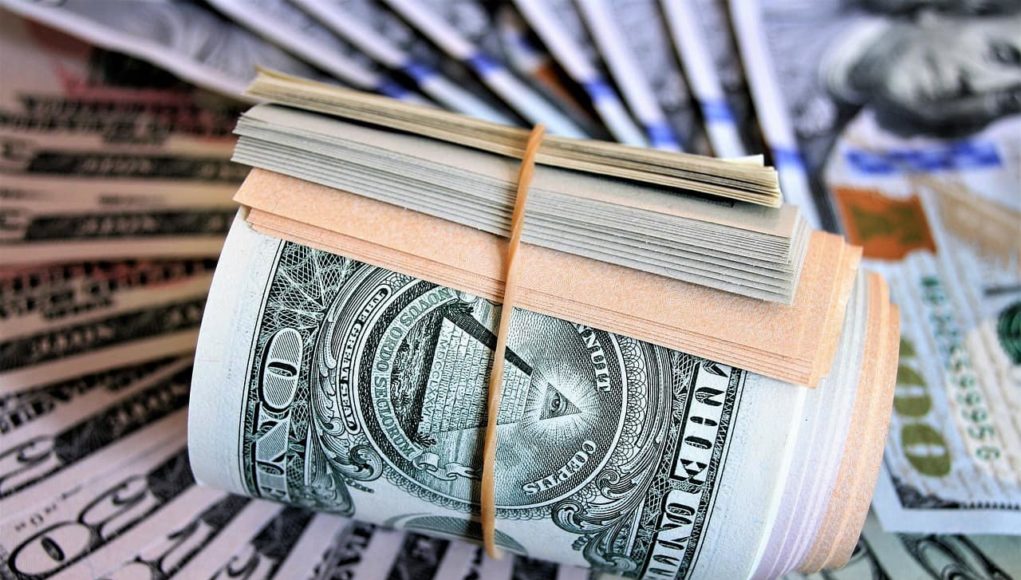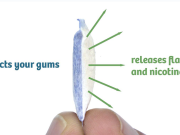Titled, “Young adult responses to taxes on cigarettes and electronic nicotine delivery systems,” the study looked into the impact that vape tax increases had on vaping and smoking behaviours among young consumers aged between 18 and 25. In line with arguments and predictions by experts in the field, the researchers found that while higher vape tax rates lead to decreased e-cig use, they also lead to an increase in smoking.
“A one dollar increase in [vaping] taxes yielded significant reductions in young adults’ daily vaping alongside increases in recent smoking,” reported the authors. “The researchers ultimately conclude that “higher taxes on electronic nicotine delivery systems (ENDS) are associated with decreased ENDS use but increased cigarette smoking among 18-25 year-olds.”
The substitution effect
An article on Fee.Org highlighted that this is a well known phenomenon known as the “substitution effect,” where the decrease in sales for a product tends to be attributed to them switching to cheaper alternatives.
In fact, when San Francisco set in place their infamous flavour ban in 2020, the city’s chief economist, Ted Egan, whose office is charged with analyzing the economic impact of legislations in San Francisco, had confirmed that the ban would only lead to increased smoking rates.
In a revealing interview published on the San Francisco Chronicle on May 15th, Egan had explained that the ban would not affect the city’s economy, because the money being spent on vaping products would still be spent in the city- on other nicotine products, such as conventional cigarettes. He had gone on to explain that consumers switch products according to availability.












